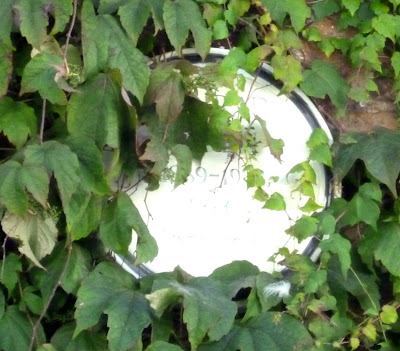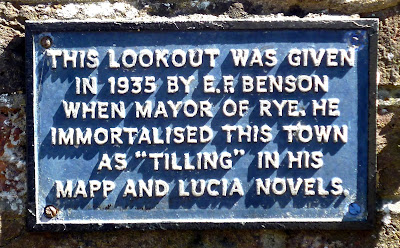In a 2006 MA thesis by Karla Martinez on identity in Nina Bouraoui's Garçon Manqué and Mes mauvaises pensées, she mentions a number of other writers in relation to self-representation: Nelly Arcan, Christine Angot, Annie Ernaux, Hervé Guibert (mentioned – significantly – a number of times in the novel), Camille Laurens and Marie-Sissi Labrèche. But rather differently from the other writers, Bouraoui's Mes mauvaises pensées looks – superficially at least – like an experimental novel: it's one long (269-page) internal monologue with not a single paragraph break.
And it superficially (although only superficially) appears to be spoken to a psychiatrist, as if it were a series of sessions held together in a breathless narrative. In fact the novel probably deserves, to get the full benefit of it, to be read twice: once slowly to take in all that's being said, and then at breakneck speed to match the breathless nature of the narrative. I tried a mixture of both, although I imperfectly mentally captured the nature of this confession, this self-therapy through running over, inexhaustibly, events in the past, the double nature as both French and Algerian, growing up gay, being quite profoundly disturbed, the 'l'Amie' of Nina is clearly, as the cover photo indicates, a product of herself, a positive aspect viewed as healthy, therapeutic, as opposed to her negative thoughts of self-harm, of drowning. Nina is of course haunted, as the reader should inevitably be haunted by the book.
My other Nina Bouraoui posts:
–––––––––––––––––––––––––––––––––––
Nina Bouraoui: Garçon manqué | Tomboy
Nina Bouraoui: Avant les hommes





































































